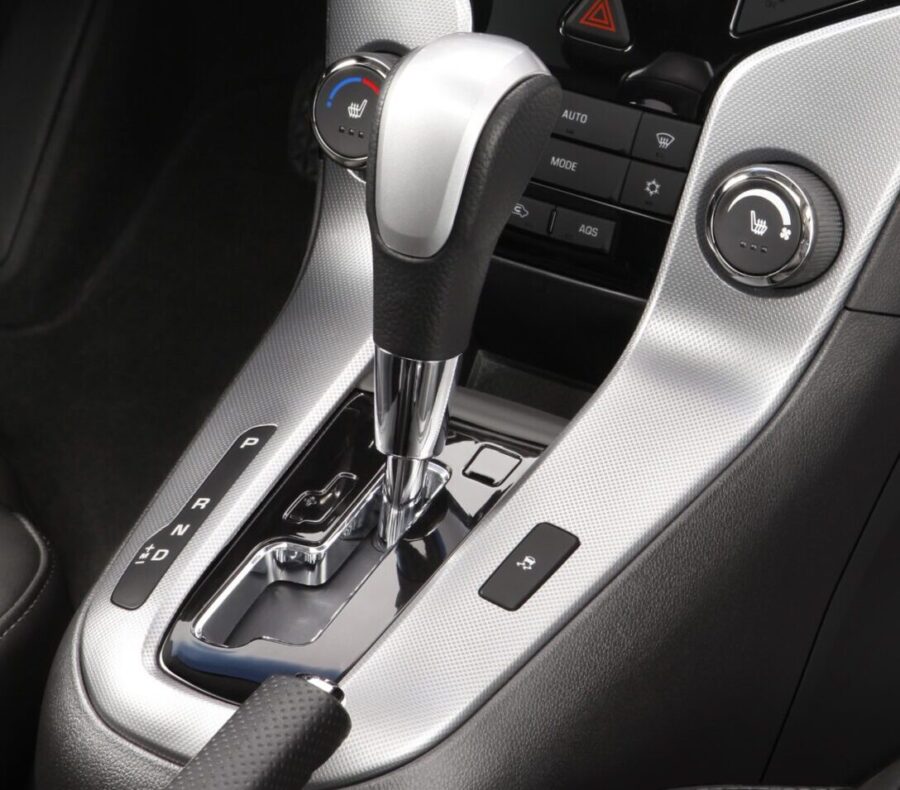Chevrolet Cruze: The Best Years and the Years to Avoid

Contents
Introduction
The Chevrolet Cruze, produced from 2011 to 2019 for the U.S. market, has long been a favored option for those seeking a budget-friendly yet comfortable compact sedan. With a reputation for efficiency and a nicely designed interior, the Cruze has found a home in many driveways nationwide. Yet, like other cars, some model years of the Cruze shine brighter than others. In this guide, we’ll outline the best years to consider when shopping for a used Chevrolet Cruze — and the ones that might be best to avoid.
The Best Years of the Chevy Cruze

2011-2012: A Solid Beginning
Chevrolet’s initial offering of the Cruze in the U.S. for the 2011-2012 model years presents a compelling package. Its 1.8-liter four-cylinder engine balances commendable fuel efficiency with sufficient power. The minimal recalls and high owner satisfaction of these early years make them a smart option for those on a tight budget.

2014-2015: Comfort Meets Efficiency
The 2014-2015 model years stand out with improved materials and refinements that add to the Cruze’s appeal. These years introduced the Eco and Diesel models, expanding the lineup and giving buyers even more efficient choices. Solid reliability and a well-equipped interior make these years particularly attractive to value seekers.

2017-2019: Feature-Packed Value
As part of the second-generation Cruze, the 2017-2019 models benefit from a thoughtful redesign. This generation also introduced a hatchback version, providing added flexibility for those needing extra cargo room. Enhanced technology like available Apple CarPlay and Android Auto, along with advanced safety features, add to the appeal of these model years. Their fresh design and dependable performance strike a balance between contemporary appeal and long-term satisfaction.
Chevy Cruze Years to Avoid

2013: Transmission and Electrical Gremlins
Despite building on the success of earlier models, the 2013 Cruze experienced significant transmission and electrical problems. Owners frequently complain about transmission malfunctions and glitches with the electronics, including its tire pressure sensors and infotainment system. These issues put a damper on what would otherwise be an attractive option. Prospective buyers should be cautious with this particular model year.

2016: Growing Pains
In 2016, Chevy introduced a redesigned second-generation Cruze, but it had some hitches. Issues with its revised Ecotec engine and complaints about its overall build quality marred this transitional year. Buyers considering a 2016 example should be meticulous with inspections or look to subsequent years instead.
The Bottom Line
When considering a used Chevrolet Cruze, honing in on the robust 2011-2012 models, the comfort-oriented 2014-2015 years, or the feature-rich 2017-2019 era can steer you toward a satisfying ownership experience.
Conversely, being wary of the Cruze’s 2013 and 2016 model years can help you avoid potential headaches. And as always, checking the vehicle history, verifying recall work, and investing in a pre-purchase inspection are essential steps in any used car buying process.
Photos courtesy of Chevrolet